Knives are an essential tool in the kitchen, serving as the foundation for all culinary endeavors. However, with the wide variety of knives available, selecting the right one for your specific needs can be a daunting task. In this comprehensive guide, we will explore the various types of knives, how to choose the perfect one for your cooking style, and key considerations to keep in mind to enhance your culinary experience.
The Importance of Choosing the Right Knife
Using the appropriate knife can make a significant difference in meal preparation. A well-chosen knife not only improves your efficiency but also elevates your cooking precision. Whether you’re slicing, dicing, chopping, or mincing, having the right knife ensures that the right technique is applied. With so many options out there, understanding the different types will help you make an informed choice.”
Understanding Knife Types
To navigate the world of culinary knives, it's essential to familiarize yourself with the key categories. Here’s a breakdown of some primary types of knives commonly used in kitchens worldwide:
Chef’s Knife
This versatile knife is a staple in most kitchens. With a broad blade and a tapered point, it’s ideal for various cutting tasks, including chopping vegetables, slicing meat, and mincing herbs. A chef’s knife typically ranges from 6 to 12 inches in length, and its versatility makes it a must-have for any cooking enthusiast.
Paring Knife
Smaller and more agile than a chef’s knife, a paring knife is perfect for precision tasks such as peeling fruits, deveining shrimp, or crafting intricate garnishes. Typically measuring around 3 to 4 inches, this knife is invaluable for detailed work when size and control matter most.
Utility Knife
Often regarded as a hybrid between a paring knife and a chef’s knife, the utility knife serves as an excellent option for tasks that require more precision but demand additional size. This knife usually measures between 4 to 7 inches and is great for slicing sandwiches or tackling larger fruits.
Fillet Knife
For those who enjoy fish, a fillet knife is essential. With a thin, flexible blade that allows for smooth cuts along the backbone of fish, it’s designed for precision and control. The length can vary from 6 to 11 inches, making it optimal for various sizes of fish.
Boning Knife
If you know your way around meats, a boning knife is a valuable addition to your knife collection. Its narrow and flexible blade allows for precise removal of bones from meat while ensuring minimal loss of product. This knife is typically around 5 to 7 inches long, and its design enables easy maneuvering through joints and around bones.
Serrated Knife
Serrated knives are typically used for cutting bread and other items with hard exteriors and soft interiors. The teeth of the blade slice through tough crusts without squishing the soft interior, making them essential for baking enthusiasts who love fresh bread.
Specialty Knives: Expanding Your Arsenal
In addition to the common knives mentioned above, there are several specialty knives that can enhance your culinary capabilities:
Cleaver
A cleaver is a sizeable, heavy knife designed for cutting through bones and tough meats. Its broad blade provides the necessary leverage and force for significant tasks in the kitchen. If you often cook with larger cuts of meat, a cleaver could be a worthy investment.
Pizza Cutter
For the pizza lovers among us, a dedicated pizza cutter makes serving easier and tidier. The wheel’s sharp edge cuts through crust without damaging the toppings, ensuring a perfect slice every time.
Pocket Knife with Leather Sheath
For those who enjoy cooking outdoors or need a reliable knife on hand for camping or hiking excursions, a pocket knife with leather sheath makes a practical and portable option. These knives are compact yet versatile for various purposes, from food preparation to everyday tasks while outdoors.
Folding Knives
Another excellent addition for outdoor enthusiasts, folding knives are convenient and easy to carry. Their collapsible design provides safety and portability, making them perfect for camp cooking or picnics. Having the right folding knife can enhance your culinary skills even in unconventional settings.
Choosing the Right Knife for Your Needs
Now that you understand the various types of knives available, it's crucial to assess your culinary needs to make the best choice. Here are a few steps to guide you through the decision-making process:
Determine Your Cooking Style
Your cooking style plays a significant role in the types of knives you might need. Do you often prepare intricate dishes that require precision, or do you focus more on hearty, rustic preparations? A chef’s knife and a paring knife may serve you well if you’re a versatile home cook. Meanwhile, a more specialized knife may be required for enthusiasts focused on a specific cuisine.
Assess Your Frequency of Use
Consider how often you cook and which tasks take the most time. For those who frequently prepare meals, investing in high-quality, durable knives is essential. If you’re new








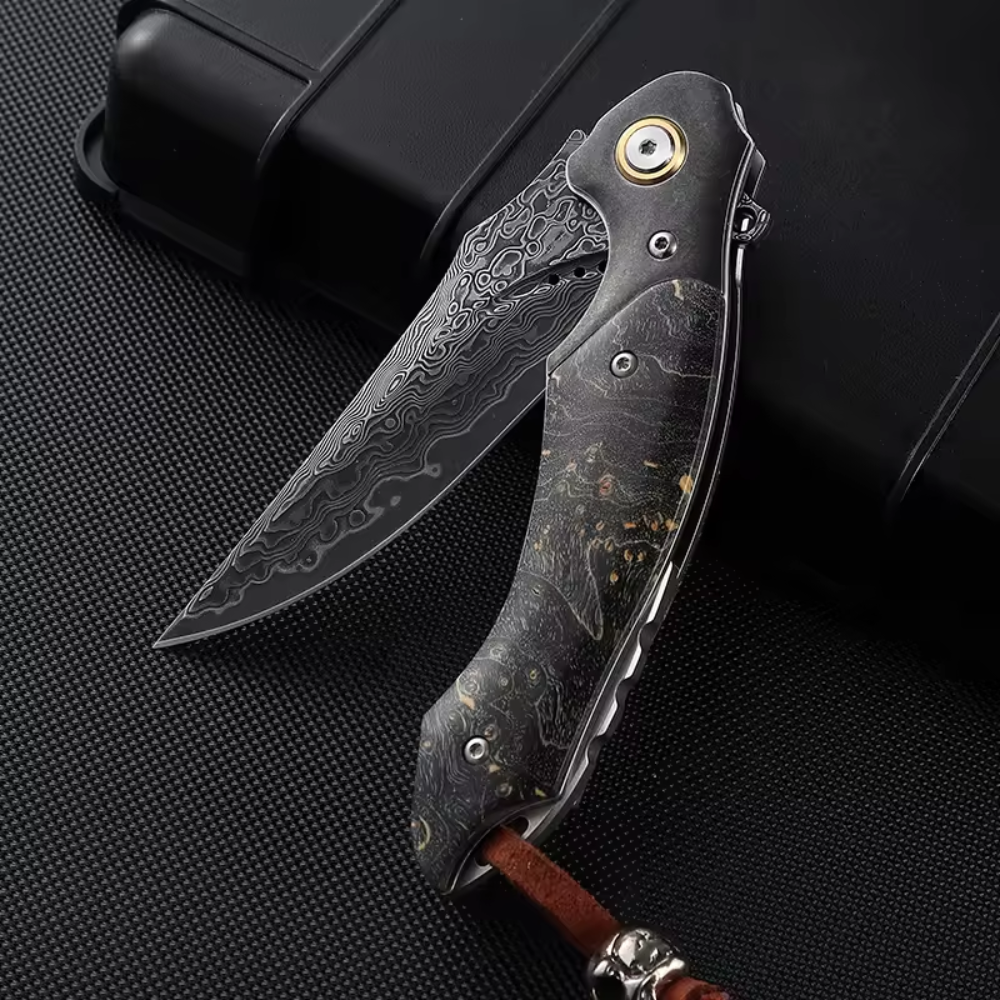
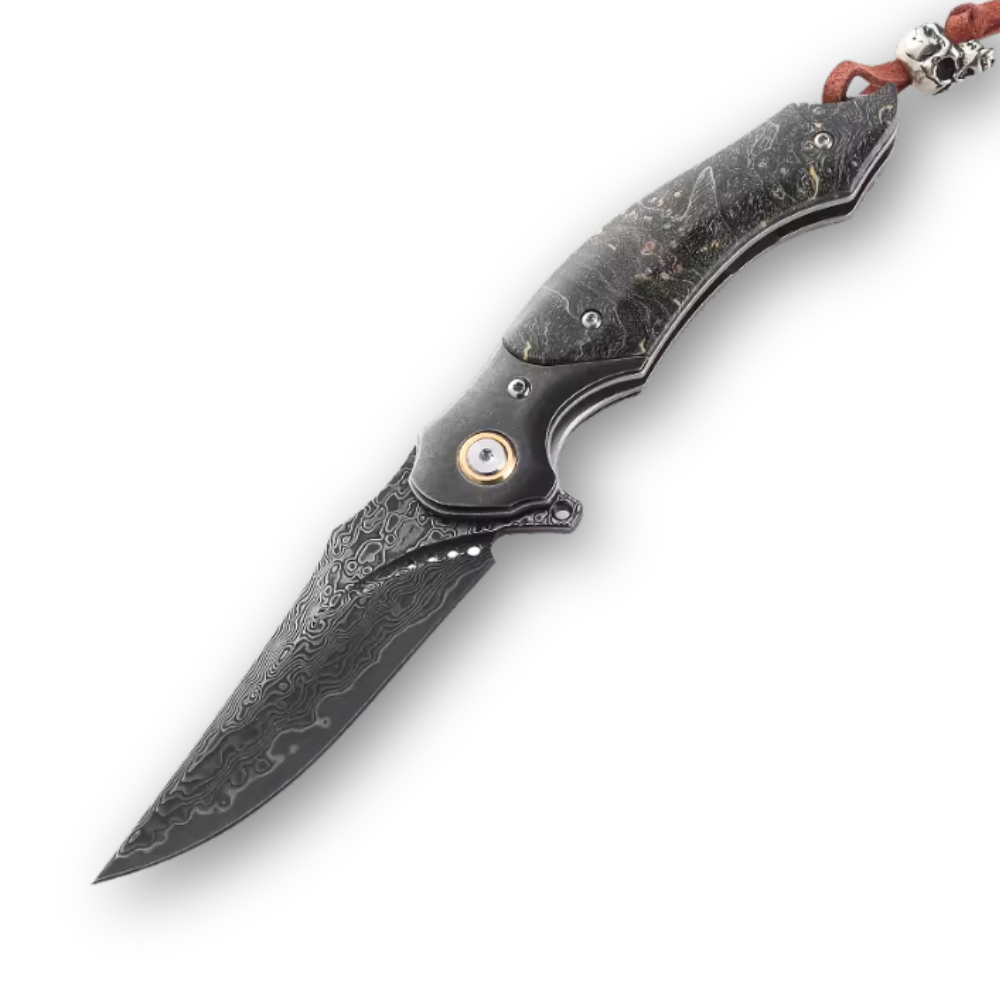
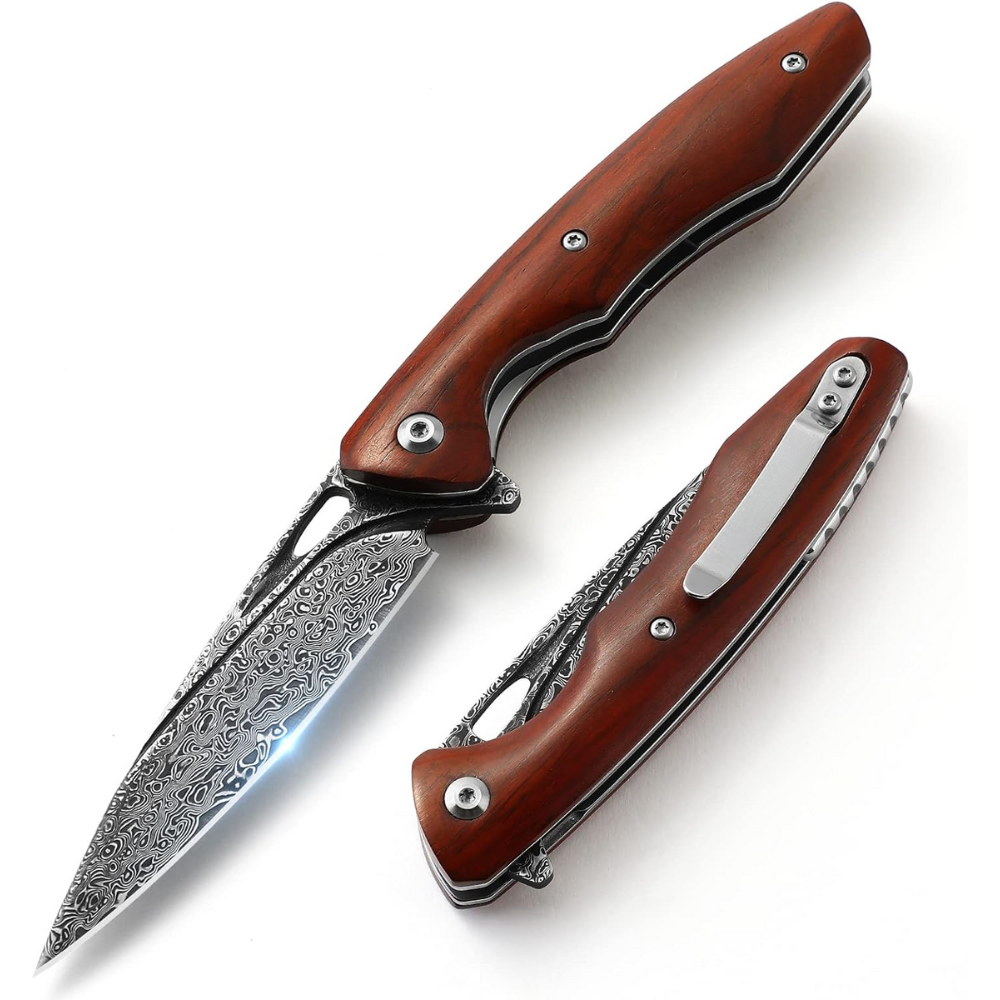
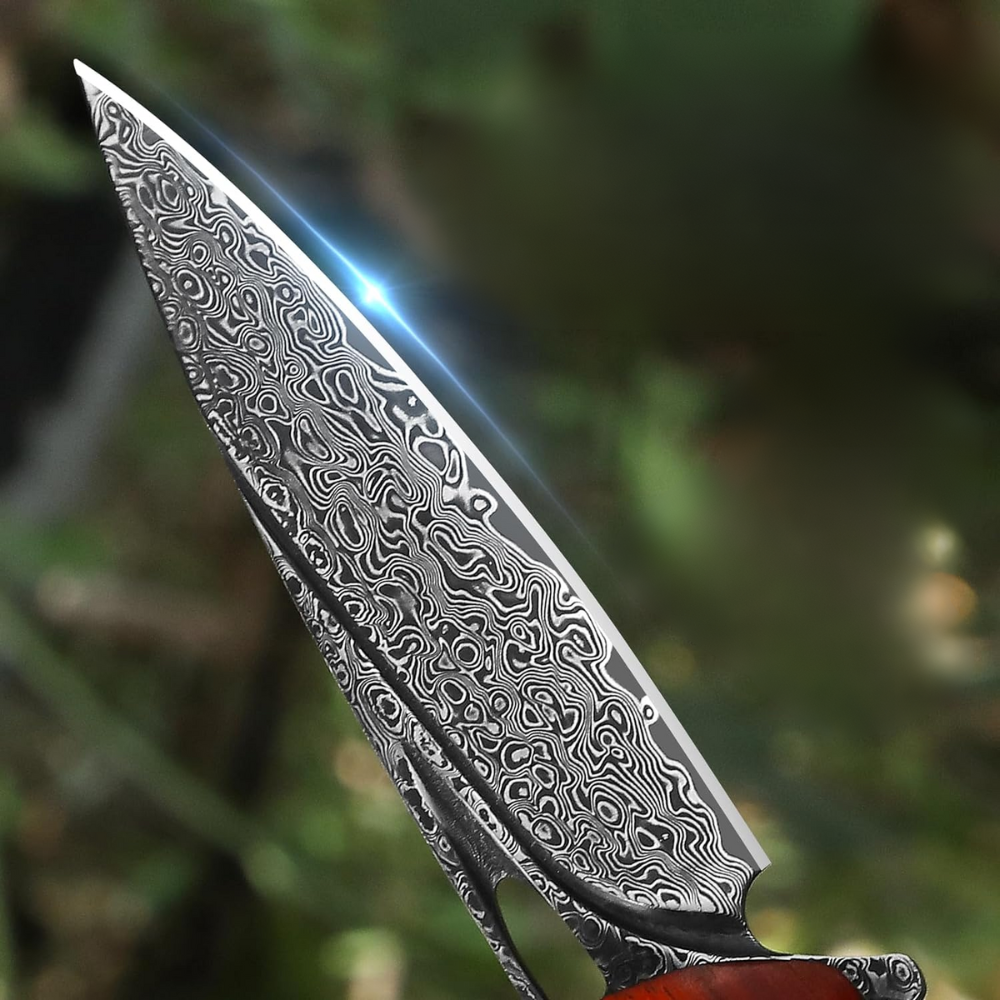








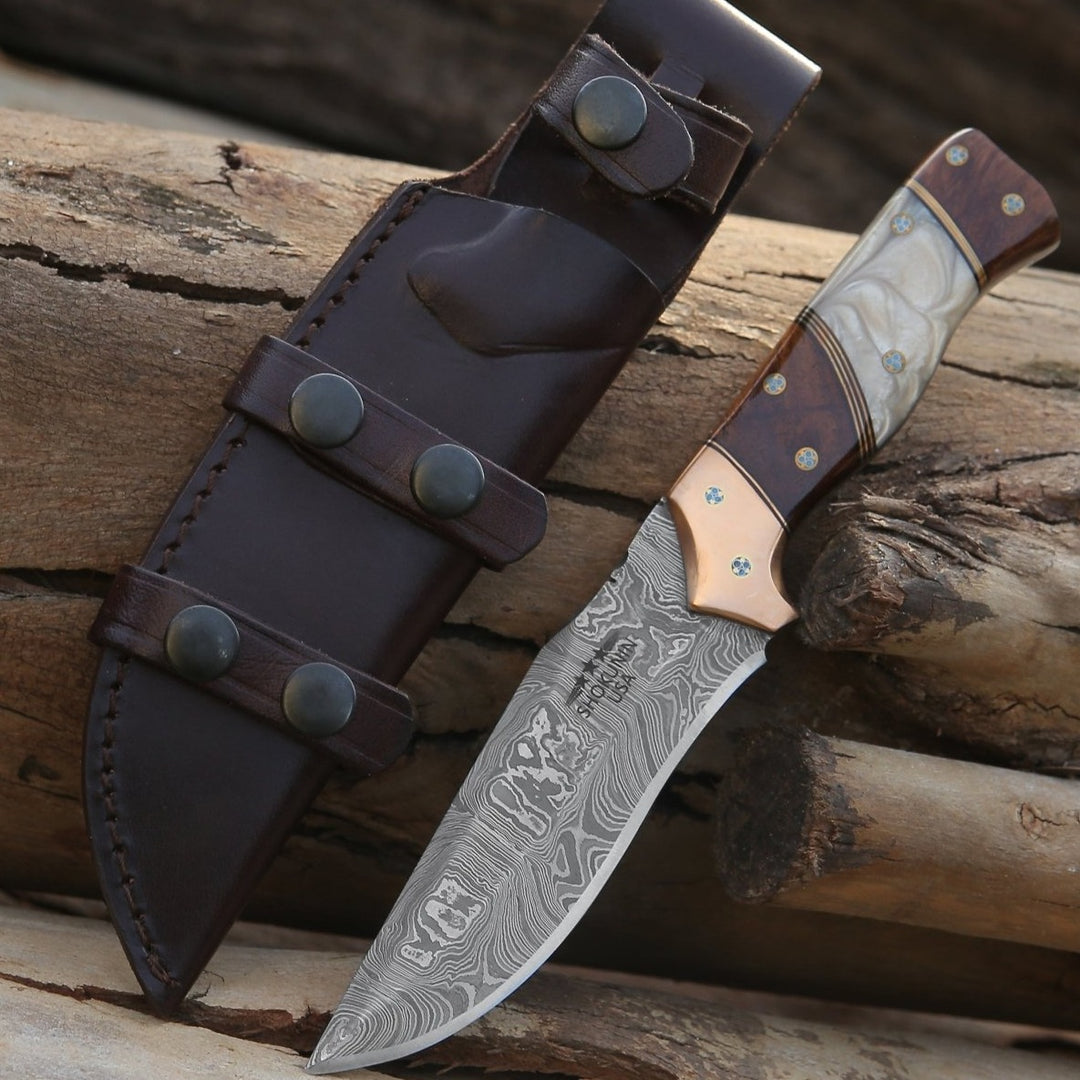
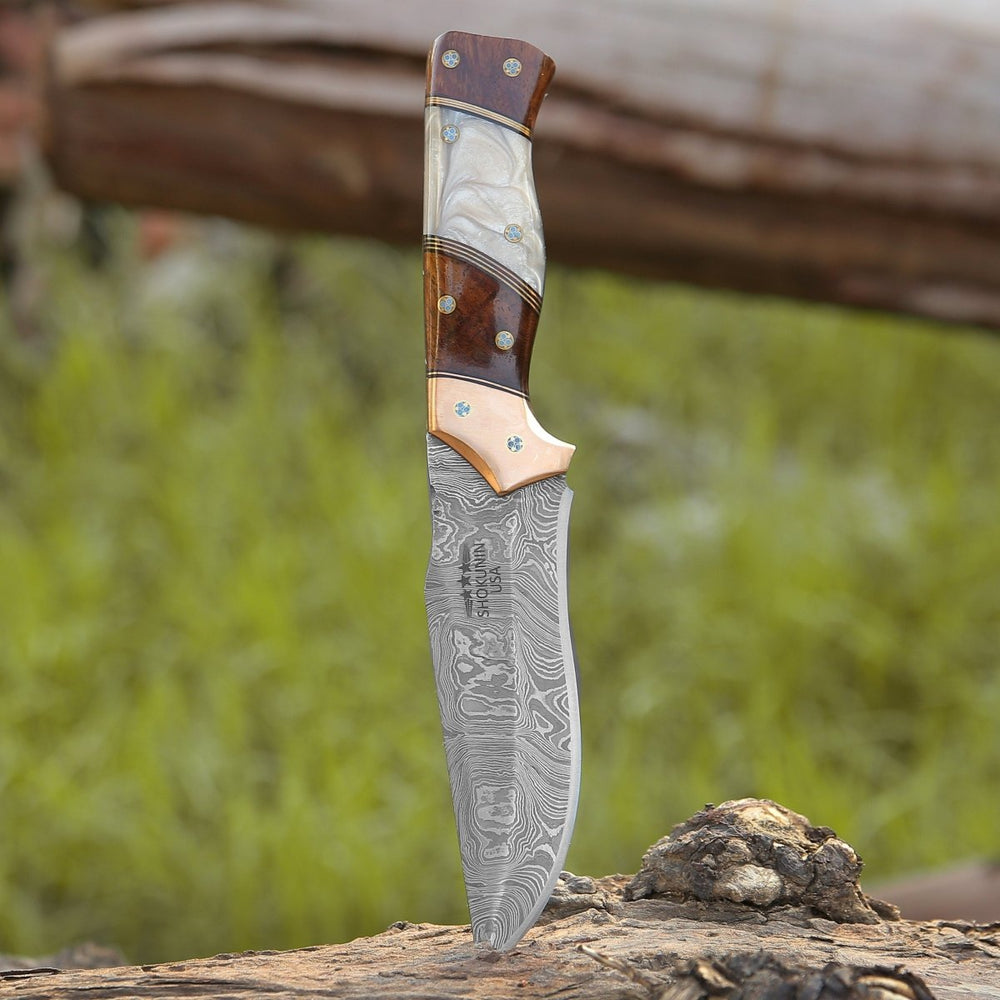


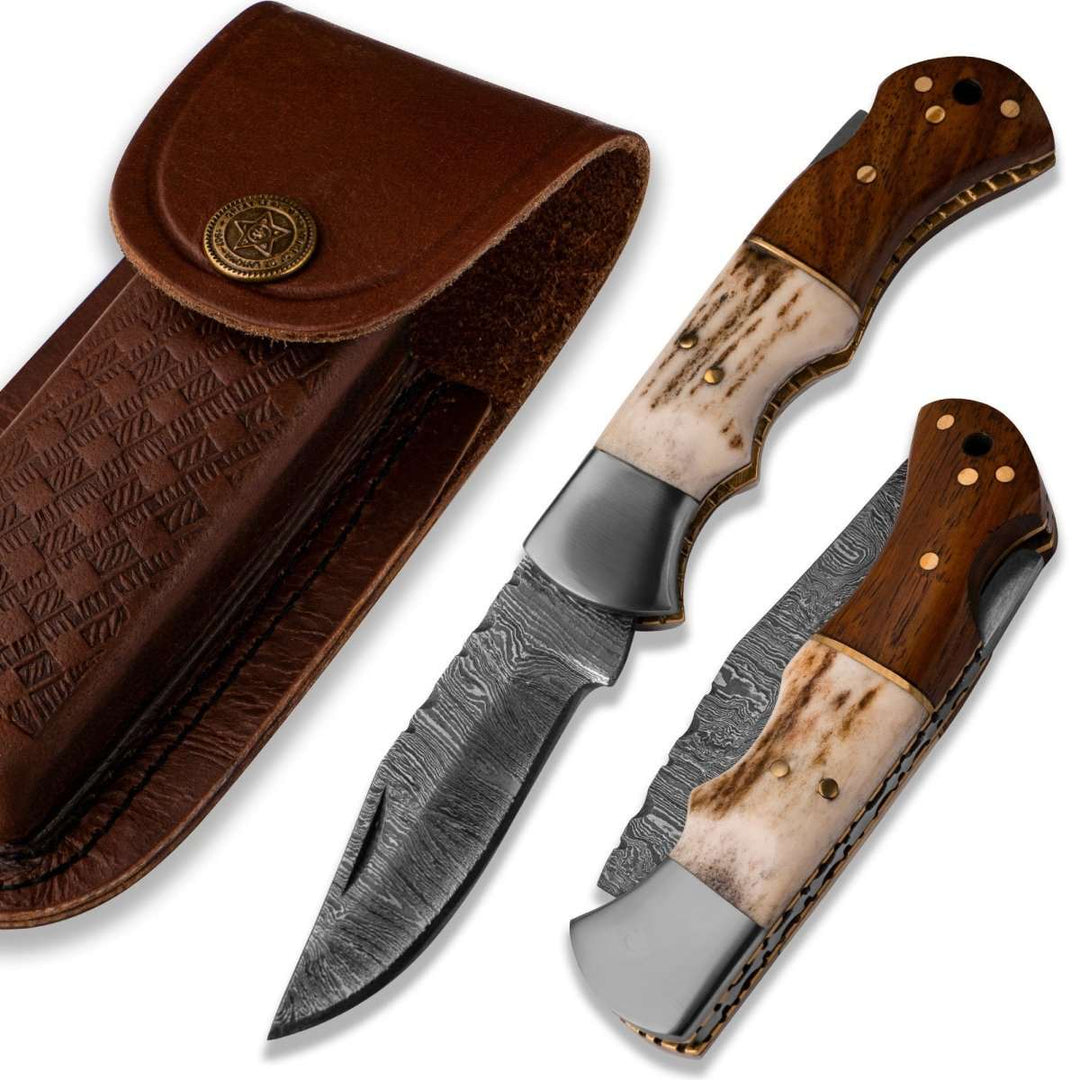
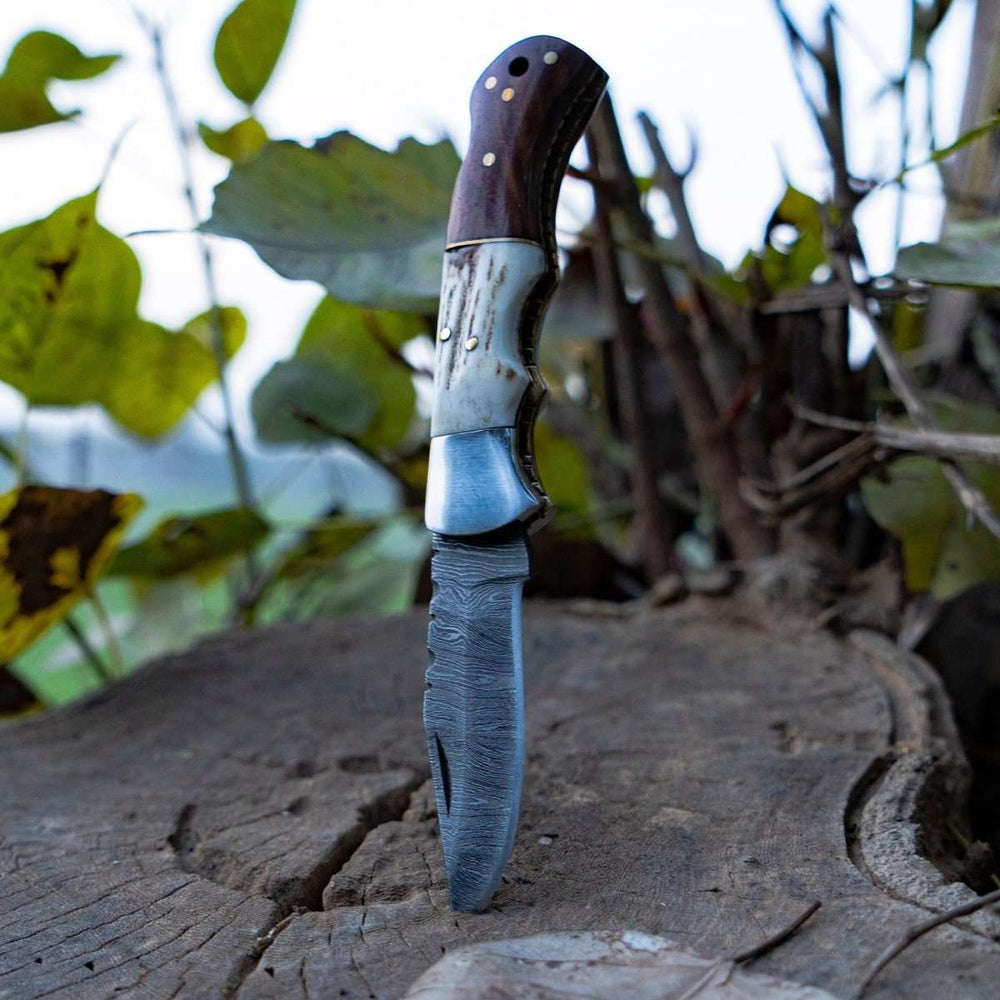




Leave a comment